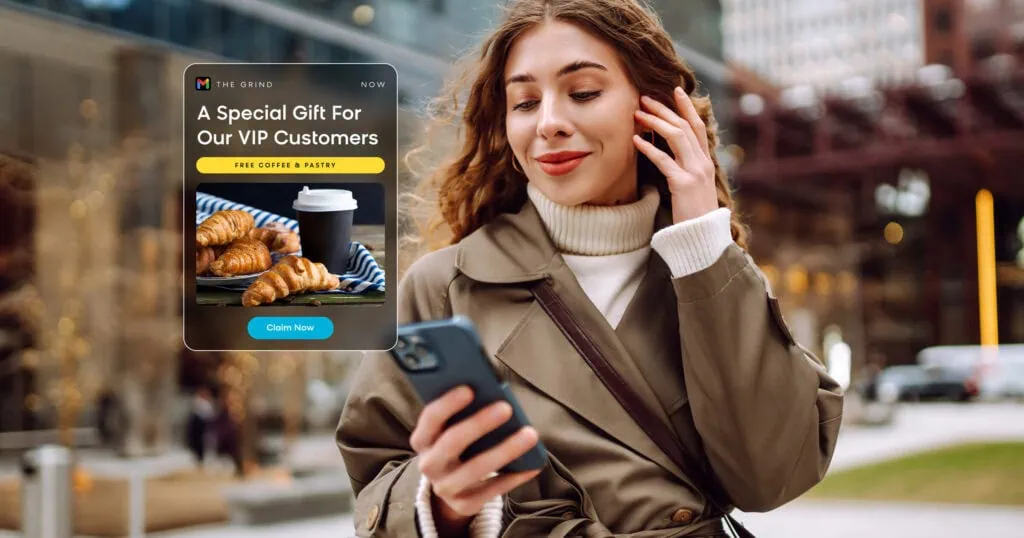We know these #merchandiserproblems hit probably a tad too close to home. And we know holiday season for merchandisers is not as joyful as it is for consumers.
Rather, it’s a pretty stressful, life-consuming time of year. You’re up all night before launching new products, or spend hours reordering a page. We created this video in honor of you, because we understand your pain.
But we’re here to tell you that the season that could be jolly. Not all things need to stress you out as much – we can help take some of that load off of you. Keep reading to see how.
“My merchandiser spent 5 hours reordering the page to not show low inventory products.”
– Kristina, Denim Fashion Company
Often times, there are metrics that merchandisers track and would like to see reflected in the ranking of their products. Some of these metrics may include offline revenue (revenue generated outside of their website), margin and inventory. These indicators may not be taken into consideration or do not play a part in the signal of the algorithmic ranking of a page. As a result, merchandisers have to spend hours to move products on pages to reflect ranking that takes these metrics into account.
With Attribute (Numeric) Soft Boost, merchandisers are able to incorporate these new signals into the ranking of the page. This eliminates the frustration of having to merchandise products one by one, based on the chosen metric. All the merchandiser needs to do is select the metric or signal they’d like to incorporate into the ranking (eg: margin), select the strength of the boost (0-100) and let BloomReach’s algorithm take care of the rest.
“I pull all-nighters every time we launch new products.”
– Chris, Shoe & Apparel Company
Launching new products on a site can be a tedious process for merchandisers. With some systems, merchandisers have to wait until the night before a big launch and manually select the new products that need to be featured because the system doesn’t have capabilities to pre-merchandise products and launch them at a given time. With Pre-Launch Merchandising, all the frustrations associated with pulling all-nighters is eliminated.
Instead of waiting until the last possible minute to merchandise new products, a merchandiser can plan weeks ahead of a new product launch and move new products in the product grid to be featured on top of category or search pages and launch additional collateral, like banners to call out those products, on those pages. Merchandisers have full autonomy and do not have to involve IT teams to help them coordinate when to have products show up on their site.
“It takes tons of manual work to do visual storytelling in my product grid.”
– Lauren, Fashion Retailer
For certain merchandisers, creating the perfect sequence of products is key to grabbing customers’ attention. For some merchandisers, it’s about creating a holistic view, such as a complete look for an outfit; from the camisole with cardigan, to the skirt, to accessories that go with the outfit. For others, it’s about creating a theme, like pastel colored products lined up across the page for an Easter page.
Whatever the use case is, this feature gives merchandisers super granular control over the product grid on their site to serve a specific experience for their customers, without completely overtaking the algorithmic ranking. Position based merchandising enables merchandisers to guide our ranking algorithm where to place specific types of products in the exact locations on the page. This is what makes this feature a great marriage between human curation and algorithms.
“I can’t change displays fast enough when something goes viral.”
– Jane, Fashion Retailer
When products move quickly on a site, it can be hard for a merchandiser to catch up through manual curation. Instead of relying on purely manual curation, merchandisers can take advantage of soft boost and bury, which gives a signal to the existing product ranking algorithm.
Soft boost makes products more prominent on a page, moving them up the product grid. The higher the boost strength, the higher the result set that the products show. A soft bury is the inverse of a soft boost–it makes the product less prominent on the product grid. This can be used when merchandisers don’t want to completely remove a product off a page, but would like it to be featured lower in the product grid.
“I don’t know which products perform better. I need data to back-up my hypothesis.”
– Joe, Fashion Company
Merchandisers often don’t have the right tools on justifying why certain products should appear higher or lower on the product grid when vying for those product slots. Sometimes, they need to give up certain product grid slots to other teams (eg: purchasing) based on decisions outside of their control.
However, with A/B testing, merchandisers have the ability to test changes made to category or search pages by specifying different page variants, splitting incoming traffic to those pages and running a test to see which variants produce better results. At the end of an A/B test, merchandisers have the hard data to drive the best business outcome for their site. This data can be used as evidence as to how a product grid should look across different pages of a site.
















